All about Iran, useful guide to know how to export to Iran

General Characteristics
About Iran: Iran located in Southwest Asia and the Middle East. Iran is bound by the Gulf of Oman and the Persian Gulf to the south and the Caspian Sea to its north. Shi’a Islam is the official religion, and Persian is the official language. Iran is home to one of the world’s oldest continuous major civilizations, with historical and urban settlements dating back to 4000 BC.
Throughout history, Iran has been of geostrategic importance because of its central location in Eurasia and is a regional power. The political system of Iran, based on the 1979 Constitution, comprises several intricately connected governing bodies. The highest state authority is the Supreme Leader, currently Ayatollah Ali Khamenei.
Iran also known as Persia officially the Islamic Republic of Iran, is a sovereign state in Western Asia. It is bordered to the northwest by Armenia, Nagorno-Karabakh Republic, and Azerbaijan. Northeast neighbor is Turkmenistan. Afghanistan and Pakistan on the east. The west is connected to Turkey and Iraq. Comprising a land area of 1,648,195 km2 (636,372 sq mi), it is the second-largest country in the Middle East and the 18th-largest in the world. With more than 80 million inhabitants.
It is the only country with both a Caspian Sea and an Indian Ocean coastline. The country’s central location in Eurasia and Western Asia, and its proximity to the Hormuz Strait, make it of great geostrategic importance. Tehran is the country’s capital and largest city, as well as its leading economic and cultural center.
GDP, or GNP per capita
According to the World Bank 2017, Iran’s last decades’ history can be divided into two main parts. Before and after the Islamic revolution in Feb 1979. Just two years after revolution Iran-Iraq war started and last for 8 years. As shown in following figures clearly we can see a deep and sharp fall in GDP and income indicators caused by revolution and war. Below graphs present main economic indicators in both current and constant prices (to see figure and graphs download full report)
Minimum wage for Iranian worker, Key wage levels, (US dollars/month).
Following the recent decision of the Supreme Labor Council, the minimum wage in 2019 was determined around 125 dollars per month (15 million Rials per month, exchange rate 1$=120000 Rials ). This statistic is part of a PhD thesis. The figures which obtained via field research and observations in Tehran recently. Also Iranian Student’s News Agency (ISNA) published it. According to ISNA average level of income (wages) in Iran for some different jobs are as follows:(download full report)
Life expectancy in Iran.
According to Statistical Center of Iran, life expectancy is presented as follows:
Source: Statistical Yearbook of Country, Statistical Center of Iran
| Year and gender | 2011 | 2018 | ||
| Male | Female | Male | Female | |
| Life expectancy | 72.1 | 74.6 | 72.2 | 74.6 |
Constitution of Iran
The Constitution of the Islamic Republic of Iran was adopted by referendum on 2 and 3 December 1979, and went into force replacing the Constitution of 1905. It was amended on 28 July 1989. The constitution has been called a “hybrid” of “theocratic and democratic elements”. While articles One and Two vest sovereignty in God, article six “mandates popular elections for the presidency and the Majlis, or parliament.” However all democratic procedures and rights are subordinate to the Guardian Council and the Supreme Leader, whose powers are spelled out in Chapter Eight.
Supreme leader of Iran
At the top of Iran’s power structure is the Supreme Leader, Ayatollah Ali Khamenei, who succeeded Ayatollah Ruhollah Khomeini, the father of the Iranian Revolution, upon Khomeini’s death in 1989. Khomeini and Khamenei are the only two men to have held the office since the founding of the Islamic Republic in 1979. According to Iran’s Constitution, the Supreme Leader is responsible for the delineation and supervision of “the general policies of the Islamic Republic of Iran,” which means that he sets the tone and direction of Iran’s domestic and foreign policies.
The Supreme Leader also is commander-in-chief of the armed forces and controls the Islamic Republic’s intelligence and security operations; he alone can declare war or peace. He has the power to appoint and dismiss the leaders of the judiciary, the state radio and television networks, and the supreme commander of the Islamic Revolutionary Guard Corps. He also appoints six of the twelve members of the Council of Guardians, the powerful body that oversees the activities of Parliament and determines which candidates are qualified to run for public office.
ayatollah khamenei, Supreme Leader’s sphere of power is extended through his representatives, an estimated 2,000 of whom are sprinkled throughout all sectors of the government and who serve as the Leader’s clerical field operatives. In some respects the Supreme Leader’s representatives are more powerful than the president’s ministers and have the authority to intervene in any matter of state on the Supreme Leader’s behalf.
refer to the full report to read about Parties, President, Parliament, Assembly of experts, …
Be sure to read the following:

Fuel Smuggling in the borders of Iran six million liters of diesel and paraffin oil are smuggled from Iran to Pakistan every single day. Unemployment, drought, and the low price...
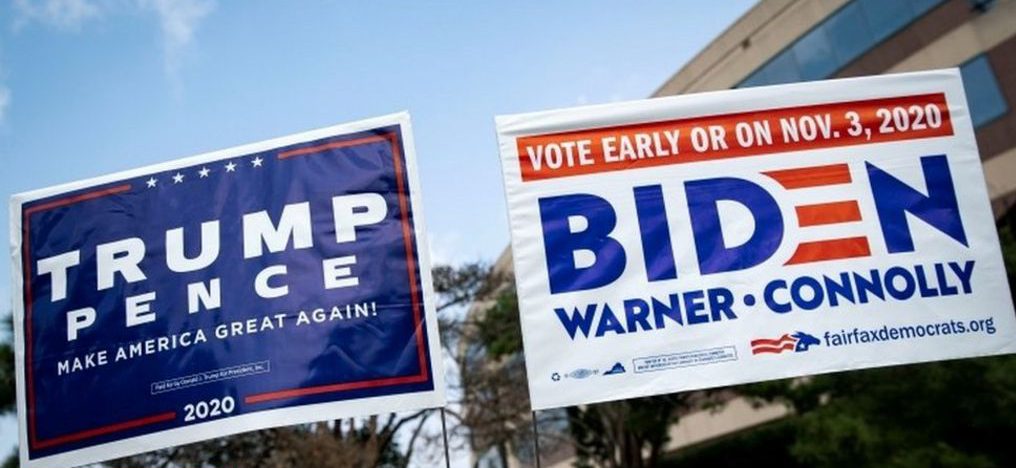
Iran's economy and US election 2020. Although polling is an inexact science, particularly in Iran, it still gives us a glimpse into Iranian opinion. According to a poll conducted by...
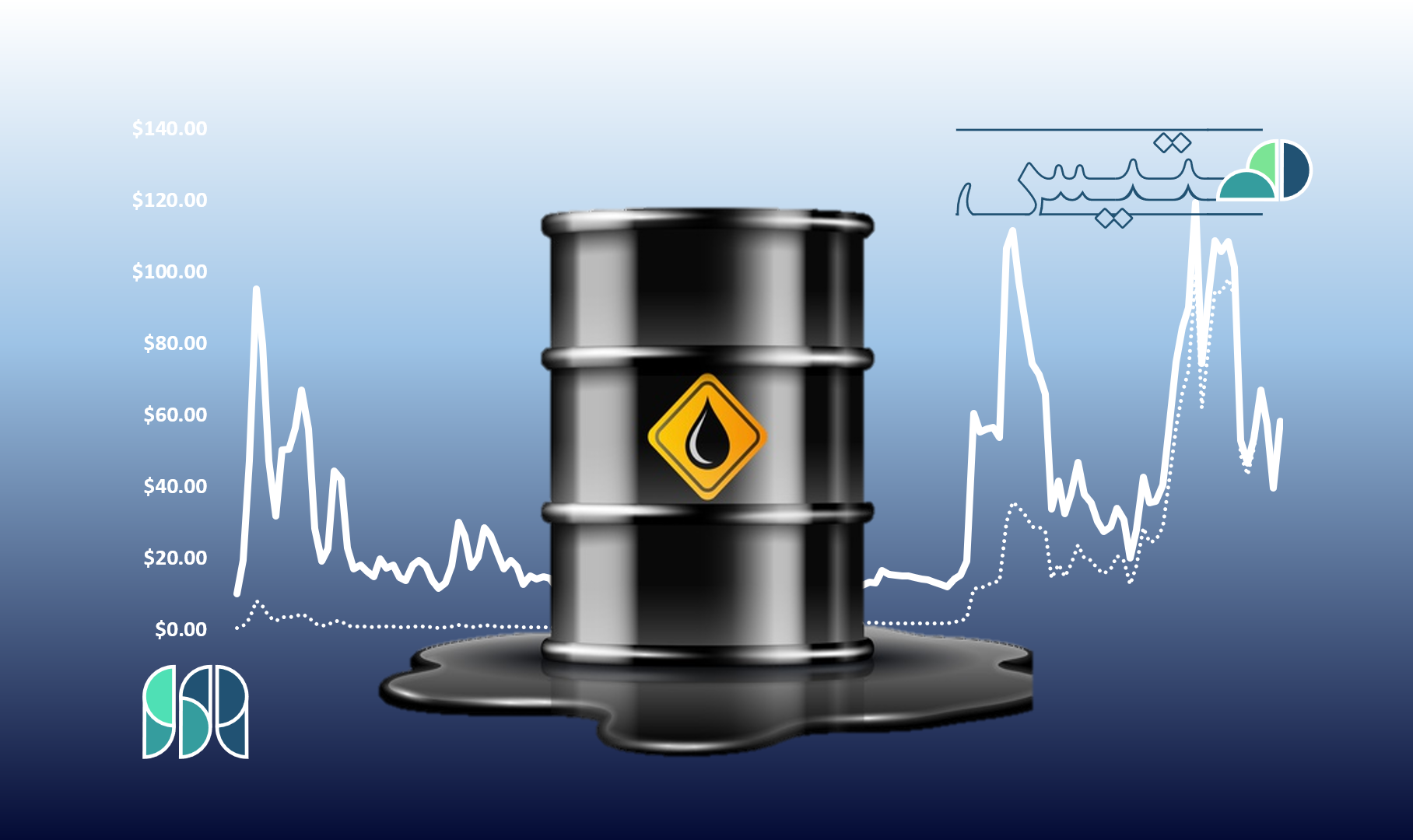
History of oil prices We know supply and demand forces can shape the oil prices chart, but two other strong factors affected oil prices. With a glance at the history...

The First Female Leader of WTO [caption id="attachment_1919" align="aligncenter" width="403"] Ngozi Okonjo-Iweala[/caption] Who is she? The First Female Leader of WTO: Okonjo-Iweala was born in Ogwashi-Ukwu, Delta State, Nigeria, where...
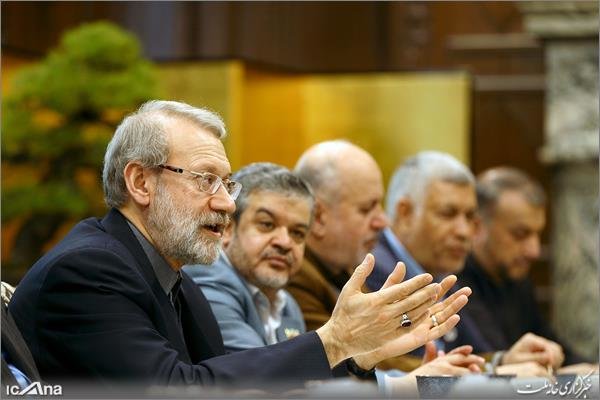
TEHRAN – Iranian Parliament Speaker Ali Larijani who was on tour of Tokyo proposed on Tuesday that there are great opportunities for Japan to invest in Iran. “There are suitable...

Fuel smuggling Smuggling is a phenomenon that destroys infrastructure and the long-term economic goals of the government, and in the meantime, the main losses will be borne by the people...

Women’s status in the Black Market of IRAN What has been happening for women in the Black Market of IRAN during COVID-19? (part2) Although in the previous article we examined...
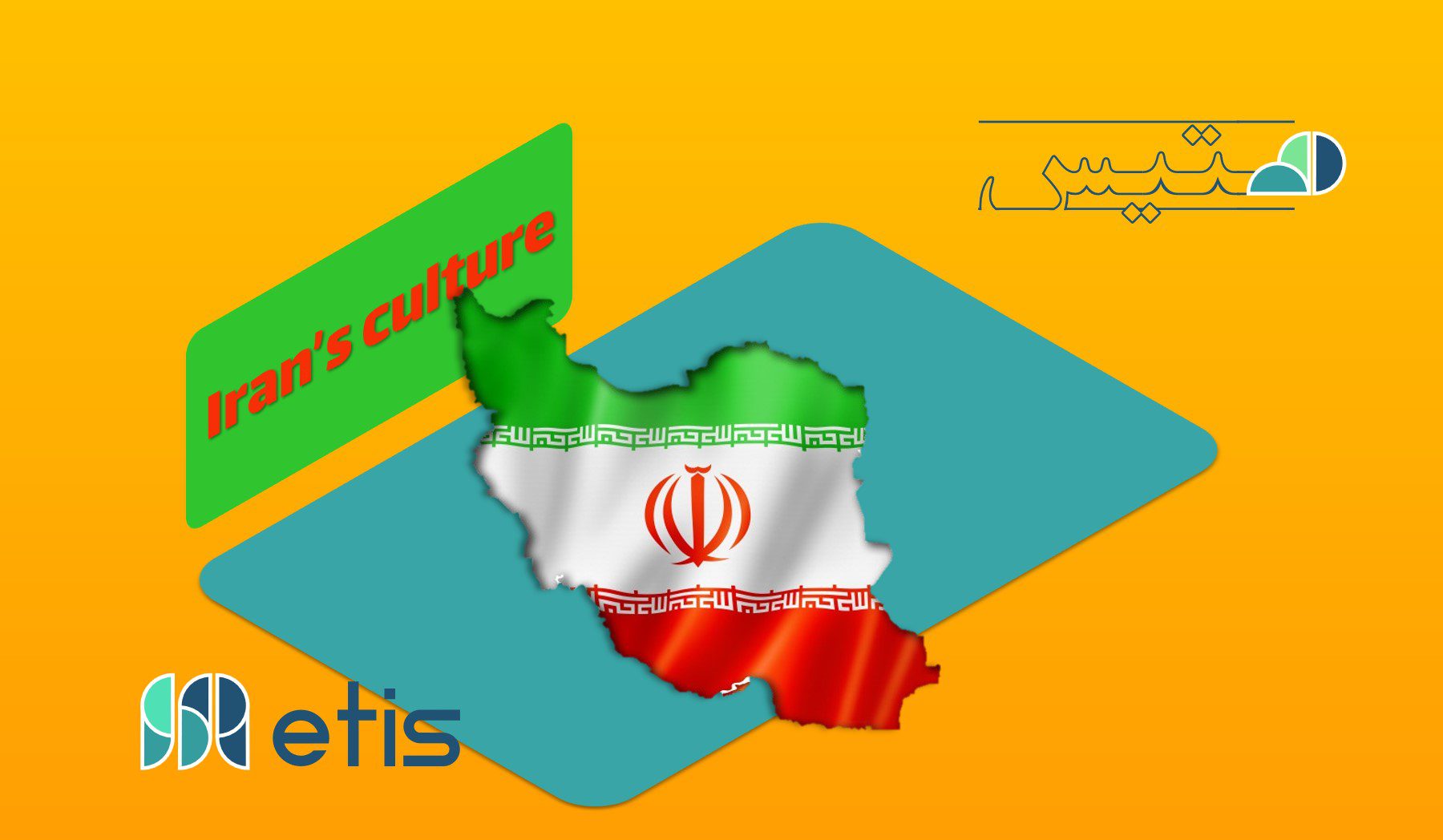
Iran's Culture: Every country has its own customs and traditions. Iran is no exception to this rule, habits, however small, that are passed down from generation to generation. Culture is...
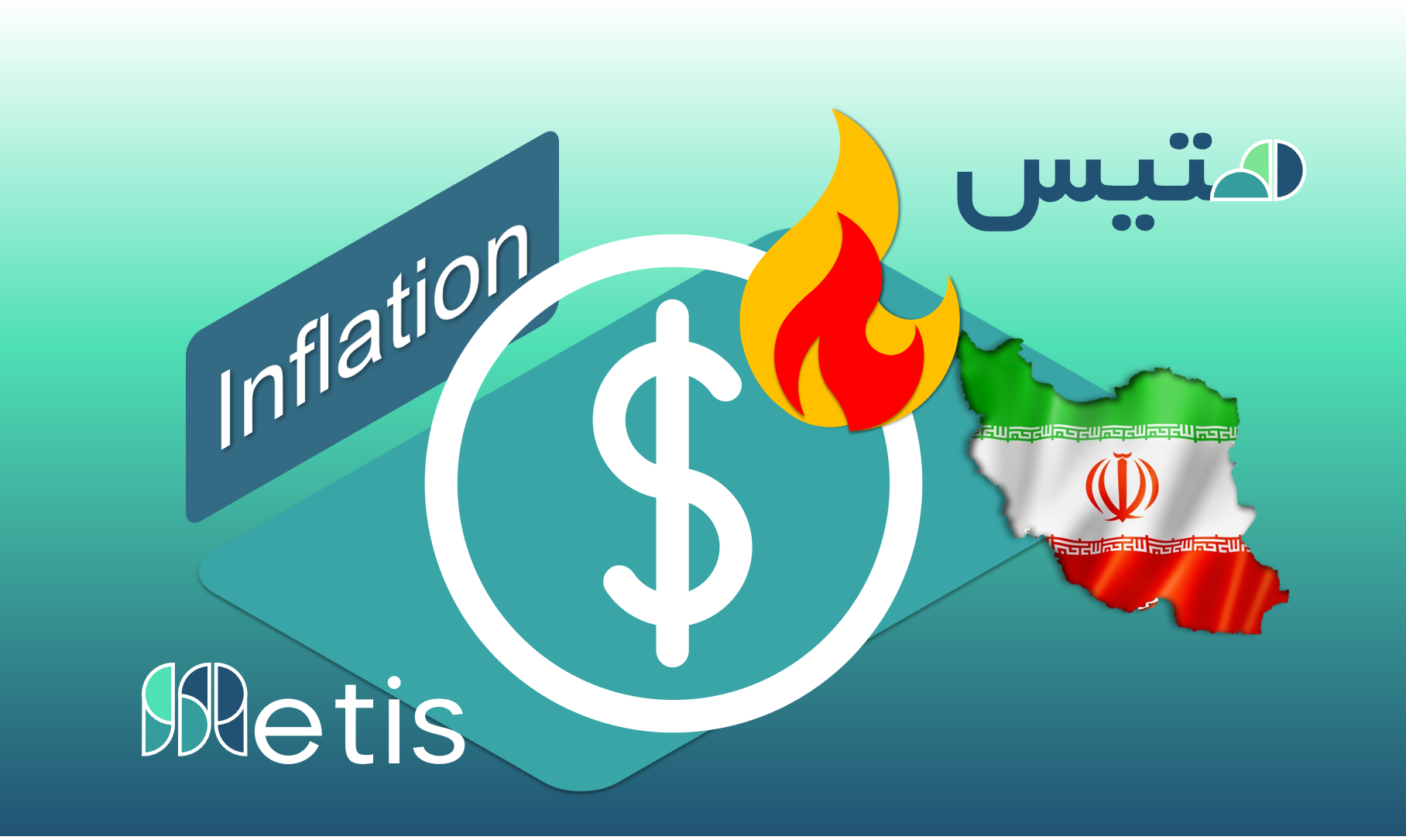
Iran's Inflation Forecast Results Iran’s Inflation in different sectors until March 2023: The inflation rate until the end of March 2023 according to the below table is forecasted at 37.6%[1]...
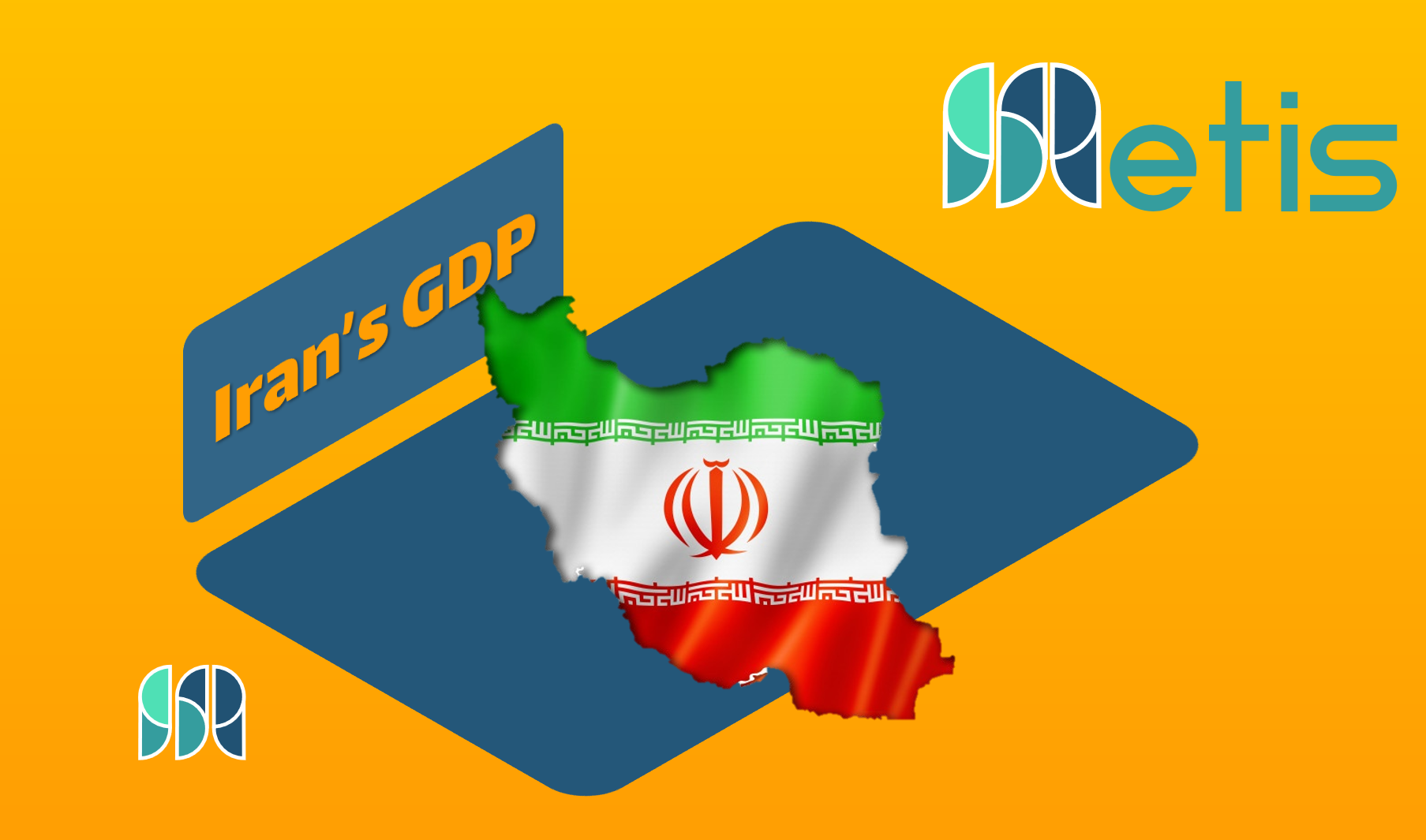
Iran's Economy structure: GDP, share of main sectors Iran's GDP and main economic sectors. Iran’s GDP for 2019 is estimated at US$440 billion, for a population of 83 million. We...
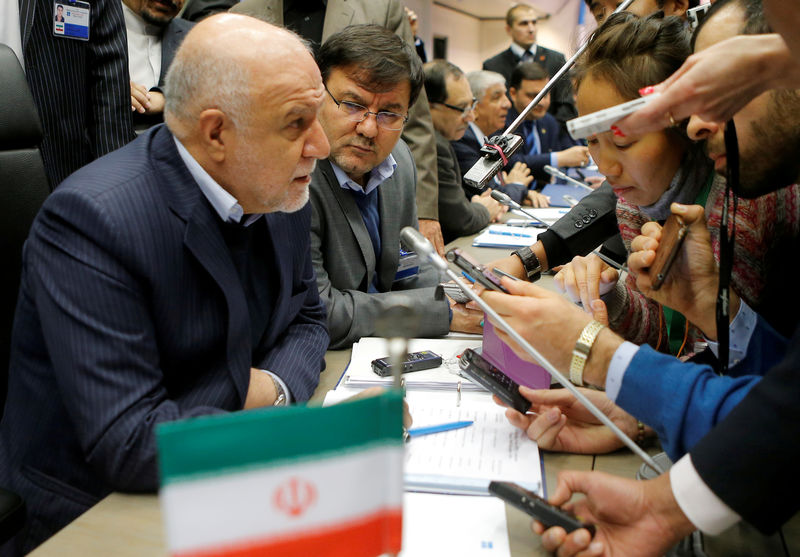
Petroleum Export: Oil stayed within sight of its 2019 high of almost $67 a barrel on Tuesday, supported by OPEC-led supply cuts although concern about slowing economic growth that would...

A Brief History of Shipping [caption id="attachment_2123" align="aligncenter" width="345"] shipping history[/caption] Ancient Maritime History [caption id="attachment_2128" align="alignleft" width="300"] shipping history[/caption] Phoenician civilization was an enterprising maritime trading culture that spread...

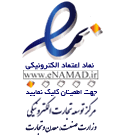


pingbacksWomen's status in the black market of Iran during Covid-19 -
pingbacksThe First Female Leader of W.T.O - Iranian Business Expert Group ,METIS
pingbacksFuel Smuggling in IRAN borders - Iranian Business Expert Group